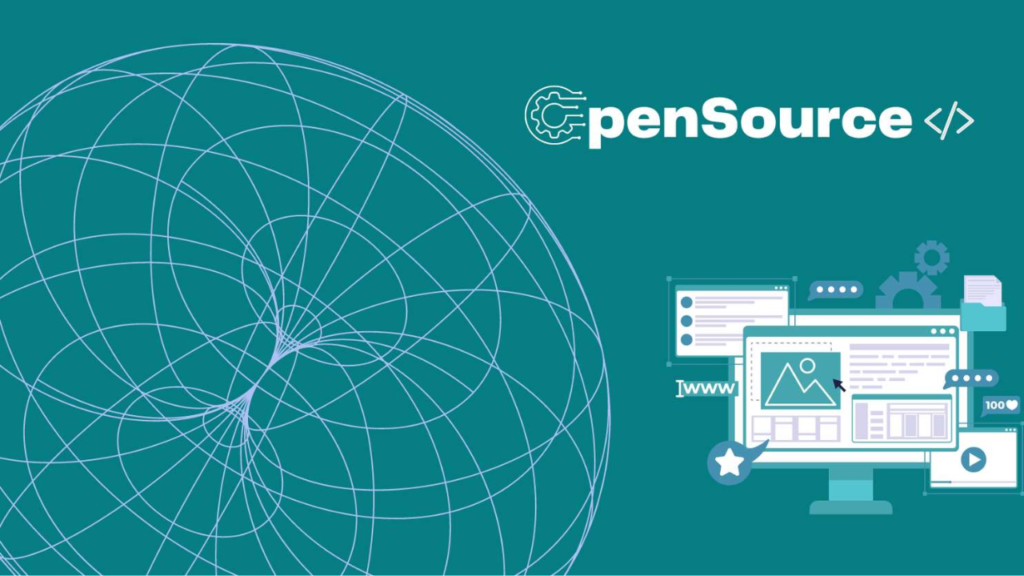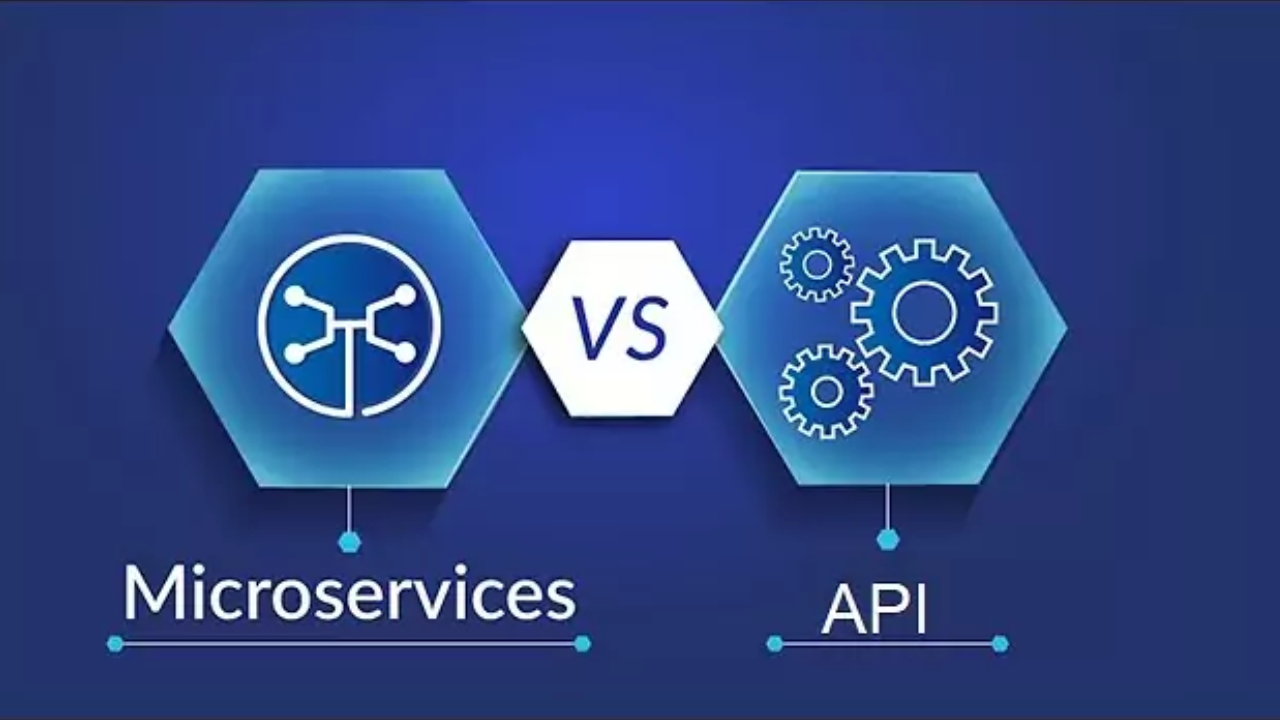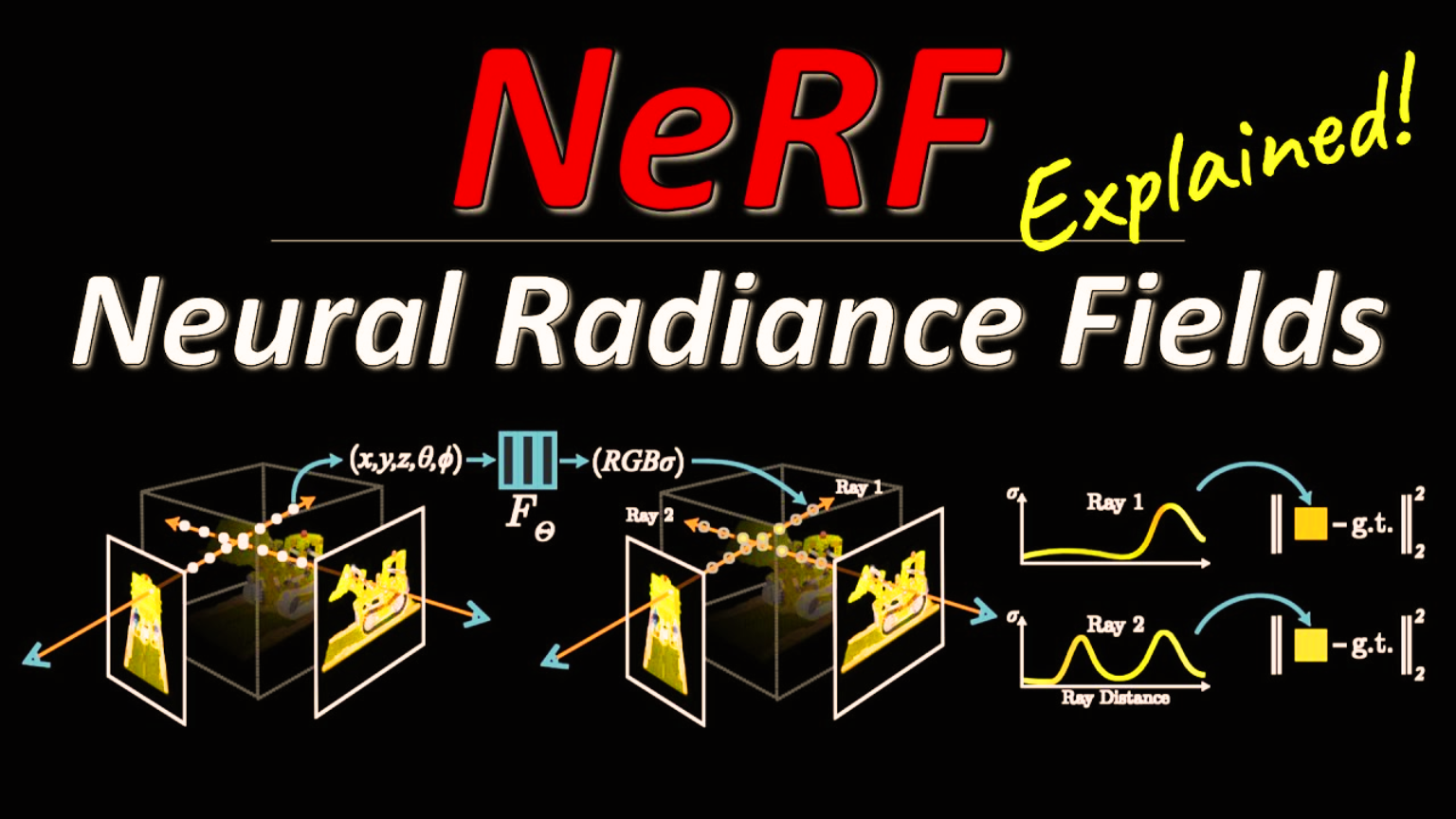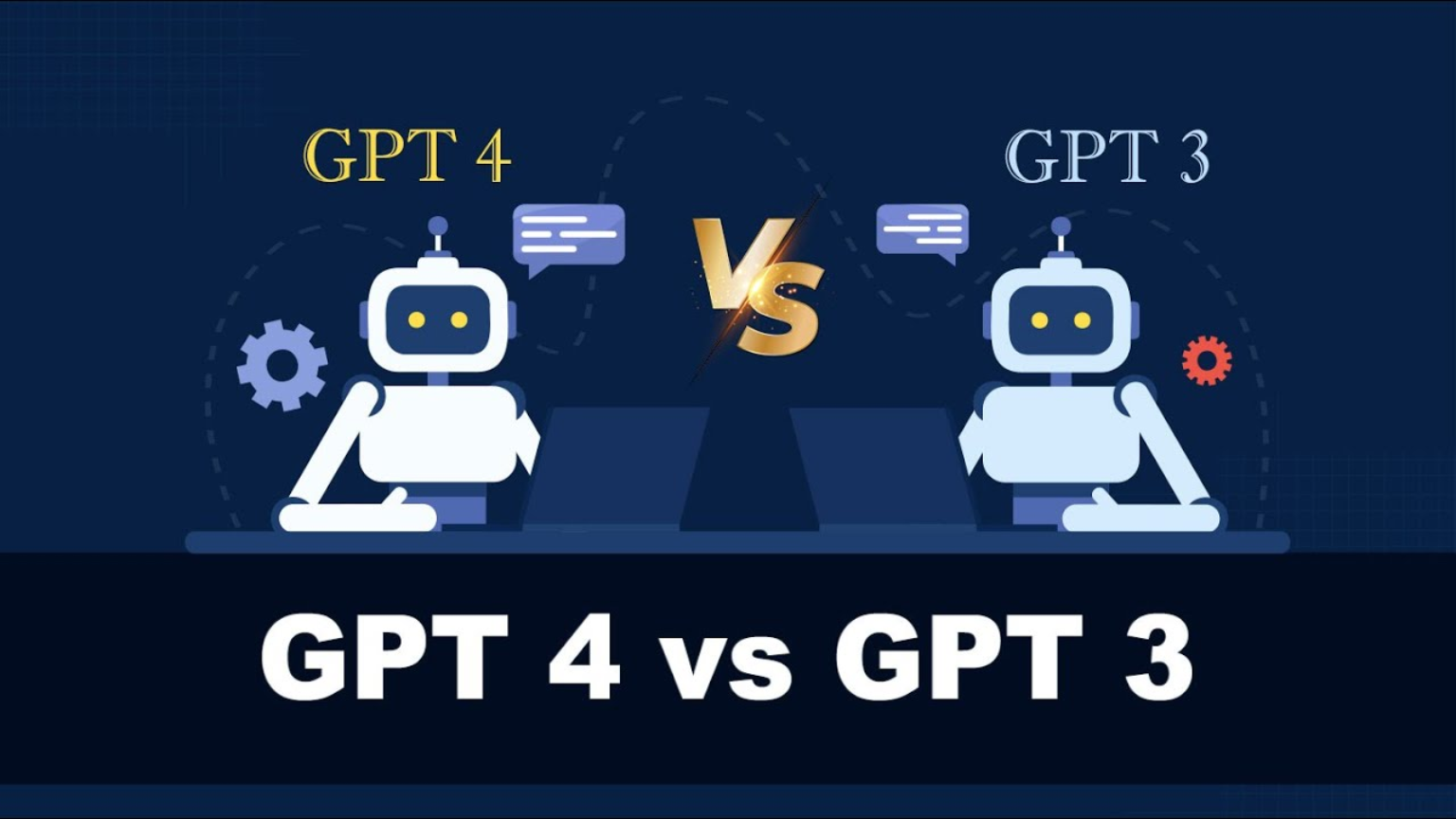Object recognition software Open Source technology that enables machines to identify and classify objects within digital images or videos. This technology has numerous applications, including surveillance, robotics, autonomous vehicles, and augmented reality.
While there are many commercial object recognition software solutions available, open source software has become increasingly popular due to its flexibility, affordability, and community support. In this article, we will explore the world of open source object recognition software, its benefits, and some of the most popular options available.
Application Monitoring Best Practices: A Comprehensive Guide
What is Object Recognition Software Open Source?
Open source software is software that is freely available to use, modify, and distribute. The source code for the software is made available to the public, allowing developers to modify and improve the software as needed.
Open source software is often developed by a community of volunteers who collaborate to create and maintain the software. This community-driven approach has led to the development of many high-quality software solutions that are available for free.

Benefits of Open Source Object Recognition Software
There are several benefits to using open source object recognition software, including:
1: Cost:
Open source software is often available for free, making it an affordable option for individuals and organizations with limited budgets.
2. Flexibility:
Open source software can be customized and modified to meet specific needs, making it a flexible option for a wide range of applications.
3. Community Support:
Open source software is often developed and maintained by a community of volunteers who provide support and assistance to users.
4. Transparency:
The source code for open source software is available to the public, making it transparent and allowing users to verify the security and functionality of the software.
Popular Open Source Object Recognition Software
1: OpenCV:
OpenCV is a popular open source computer vision library that includes a wide range of algorithms for object recognition, image processing, and machine learning. It is written in C++ and has bindings for Python, Java, and MATLAB.
2. TensorFlow:
TensorFlow is an open source machine learning library developed by Google. It includes a wide range of tools and algorithms for machine learning, including object recognition.
3. YOLO:
YOLO (You Only Look Once) is an open source real-time object detection system that is fast and accurate. It is written in C and CUDA and has bindings for Python and MATLAB.
4. Darknet:
Darknet is an open source neural network framework that includes a wide range of tools and algorithms for object recognition, image processing, and machine learning. It is written in C and CUDA and has bindings for Python and MATLAB.
Version Control Systems: An Overview of Centralized and Distributed Approaches
5. Caffe:
Caffe is an open source deep learning framework that includes a wide range of tools and algorithms for object recognition, image processing, and machine learning. It is written in C++ and has bindings for Python and MATLAB.
6. Torch:
Torch is an open source machine learning library that includes a wide range of tools and algorithms for object recognition, image processing, and machine learning. It is written in Lua and has bindings for Python and MATLAB.
7. MXNet:
MXNet is an open source deep learning framework that includes a wide range of tools and algorithms for object recognition, image processing, and machine learning. It is written in C++ and has bindings for Python, Java, and MATLAB.
Choosing the Right Open Source Object Recognition Software
When choosing an open source object recognition software, it is important to consider several factors, including:
1: Compatibility:
Make sure the software is compatible with your hardware and operating system.
2. Ease of Use:
Choose software that is easy to install, configure, and use.
3. Performance:
Look for software that is fast and accurate, and can handle large datasets.
4. Community Support:
Choose software that has an active community of developers and users who can provide support and assistance.
5. Documentation:
Look for software that has clear and comprehensive documentation, including tutorials and examples.
Conclusion
Open source object recognition software has become an increasingly popular option for individuals and organizations looking for affordable, flexible, and community-driven solutions. There are many high-quality open source object recognition software options available, including OpenCV, TensorFlow, YOLO, Darknet, Caffe, Torch, and MXNet.
When choosing an open source object recognition software, it is important to consider factors such as compatibility, ease of use, performance, community support, and documentation. With the right open source object recognition software, you can unlock the full potential of computer vision technology and take your applications to the next level.

















